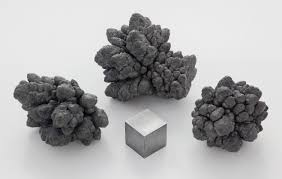Pipe leaching is a process intended to divert wastewater into the soil, spreading it over a wide area to allow for the safe distribution of otherwise harmful substances. However, the chemical reactions between water and piping materials (such as oxidation) mean that all pipes can leach substances into water. Don’t panic just yet as most of these substances are harmless, as we’ll explain in this article.
Pipe Materials
Depending on the pipe material, water that passes through can become harmful to anyone who drinks it. The main materials to be aware of, and the ones we’ll be exploring, are copper, lead and plastic.
Copper
We’ll start with the safest and least concerning of the three. These pipes provide minimal traces of copper that are regarded as safe, or even beneficial as copper is actually a valued nutrient for the health of your blood and muscles. As a result, copper pipe leaching may actually be good for you, especially if you tend to avoid shellfish and dark chocolate in your diet.
It’s easy to get copper pipe fittings and expert advice online from pipe specialists such as https://watkinspowis.co.uk/products/copper-pipe-fittings-and-press-systems/ .
Lead
Despite now being a banned material in pipe fittings since the ’80s, lead was once the go-to choice in the early half of the 20th century. Lead is a neurotoxin that is highly dangerous to humans, especially through prolonged exposure from consuming it in water. Headaches, abdominal pains and infertility are on the lower end of health risks caused by lead, but you can find more details on all its harmful effects here:
Plastic
Although plastic pipes have been in use for a long time, providing a cheap and reliable alternative to the banned lead pipes, leaching has only recently become a widespread concern. Multiple studies found over 150 substances being leached from plastic piping, including carcinogens and toxins.
Additionally, nearly half of these substances are not regulated, so their effects on human health are not understood. Most of them stem from the chemical solvents and adhesives that seal the pipes together gradually decaying over time – especially with hot water exposure.




